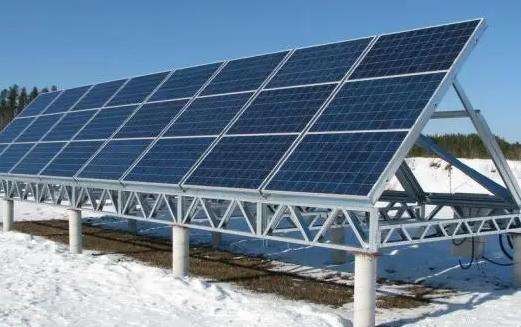No. According to the China Wastewater Treatment Engineering Network, after condensation, the condensate water from the power plant is usually transported to the cooling tower of the thermal power plant for evaporative cooling. In a cooling tower, condensed water is sprayed onto the fill, using air circulation and natural evaporation to reduce the water temperature. After evaporation, the water molecules will be converted into water vapor, thus carrying away heat and reducing the temperature of the water. During the evaporative cooling process in the cooling tower, a small amount of water vapor will be released to the atmosphere, but this water vapor is not considered a wastewater discharge. In modern power plants, in order to protect the environment, a wastewater treatment system is usually installed to treat all generated wastewater.eated by the power plant. Treated wastewater can be effectively treated to bring it into compliance with state and local wastewater discharge standards before being discharged. Therefore, after the condensate water from the power plant is evaporated, a small amount of water vapor will be released to the atmosphere, but this is not considered a wastewater discharge.
The cooling tower of a thermal power plant is a device used to cool the heat generated during the electricity generation process. In thermal power plants, thermal energy is usually generated by burning fuels (such as coal, natural gas, etc.), and then the thermal energy is converted into steam through a boiler to drive a turbogenerator to produce electricity. During this process, the combustion of fuel will generate a large amount of heat, and the operation of the generatorwill also generate a large amount of heat, which must be dissipated through the cooling tower to maintain normal operation of the equipment.
Specifically, the cooling tower of a thermal power plant mainly reduces the water temperature through water circulation and heat dissipation through evaporation, thereby dissipating heat. The water from the cooling tower will be transported to the top of the tower by the water pipe, then atomized into small water droplets through the nozzle and enter inside the tower with the airflow . Inside the tower, the water droplets are in full contact with the air, dissipating heat through evaporation, dissipating heat, and the water temperature gradually drops. Through the wrapping layer inside the tower body, the contact area between water droplets and air is increased, thereby improving the heat dissipation effect.ique. The cooled water returns to the pool again, is pumped by the circulation pump, and then enters the tower body again for circulation cooling. Through this cyclical process, the cooling tower can dissipate heat to ensure the normal operation of thermal power plant equipment.














